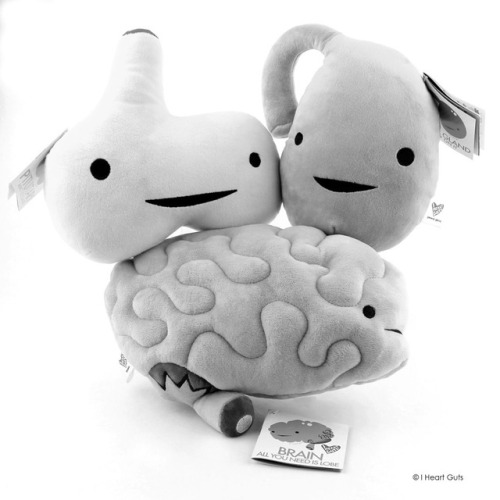#pituitary
Pituitary Tumours:
- May be hormone-secreting or non-secreting
- Most are benign
- May cause visual disturbances and headaches as they grow and compress surrounding tissues
- Often results in excessive amounts of one pituitary hormoneanddecreases in others.
Growth Hormone Deficiency:
- Variety of causes
- In children it causes delayed growth and short stature
- In adults it can lead to muscular weakness, fatigue, decreased bone mass, and obesity.
- Variety of causes including tumours, trauma, decreased pituitary blood supply, infection, sarcoidosis, an autoimmune process, radiation, surgical removal of the pituitary, or a side effect of pituitary surgery
- Results in a general decrease in pituitary hormone production.
Hyperprolactinaemia:
- a pituitary tumour that secretes prolactin or a tumour that prevents the regulation of prolactin production
- In women can cause galactorrhoea (milk secretion from the breasts) and amenorrhoea (loss of menstrual cycles), and in men decreased sex drive and impotence.
Empty Sella Syndrome:
- The sella is the structure that surrounds the pituitary gland
- It may increase in size and put pressure on the pituitary
- Rarely, the pituitary gland shrinks in response and hormone production decreases, leading to hypopituitarism.
Craniopharyngioma:
- A type of brain tumour that develops close to the pituitary gland
- Most commonly occurs in children and adolescents but can also occur in adults over 50 years old
- Benign but may put pressure on the pituitary,causing hypopituitarism, headaches, visual disturbances, and delayed growth.
Rare pituitary disorders
Acromegaly and Gigantism: excess growth hormone production, usually due to a tumour; when it occurs in childhood, it causes gigantism associated with excessive bone growth and abnormally tall stature; in adults, it causes acromegaly, with increases in bone thickness, coarsened facial features, enlarged hands and feet, carpal tunnel syndrome (aching, numbness and tingling in hand), headaches, sweating, sleep apnoea (breathing problems at night associated with snoring), fatigue, and hypertension.
Cushing’s Disease: caused by a pituitary tumour that produces excess ACTH and leads to excess exposure by the body to the adrenal gland hormone cortisol; symptoms vary but include: upper body obesity, a rounded face, thin skin, pink streaks on the abdomen, muscular weakness, osteoporosis, high blood sugar, and high blood pressure.
Diabetes Insipidus: decreased production of ADH by the hypothalamus; patient’s kidneys don’t conserve water and concentrate urine; patient is thirsty and has frequent, dilute urination.
Nelson’s Syndrome: may result when both adrenal glands are removed as part of the treatment for Cushing’s Disease; a pituitary tumour develops that produces ACTH and can cause darkening of the skin due to increased production of melanocyte stimulating hormone (MSH).
Multiple Endocrine Neoplasia Type 1 (MEN1): an inherited genetic mutation that increases the risk of developing tumours in the pituitary and in other endocrine glands.
Kallman’s Syndrome: deficient release of GnRH (gonadotropin-releasing hormone) from the hypothalamus leads to lack of FSH and LH production; causes delayed or absent puberty; associated with no sense of smell; occurs only in males.
Pituitary Infarction: restricted blood supply to the pituitary gland; may cause gland tissue damage and lead to hypopituitarism.
Sheehan’s Syndrome: This is a very rare condition caused by pituitary infarction following severe blood loss during childbirth.
MeetEstrogen, a hormone that regulates the menstrual cycle, pregnancy and secondary sex characteristics such as breasts and wide hips.
Estrogen is made when the hypothalamus inside the brain releases Gonadotropin Releasing Hormone, which prompts the pituitary gland to squirt out Luteinizing Hormone and Follicle-Stimulating Hormone into the bloodstream, where they travel the the ovary, to, well… stimulate some follicles in the gonads! Egg follicles inside the ovary make estrogen, which also goes into your bloodstream. During the menstrual cycle, estrogen triggers ovulation and helps build up the uterine walls.
Post link


